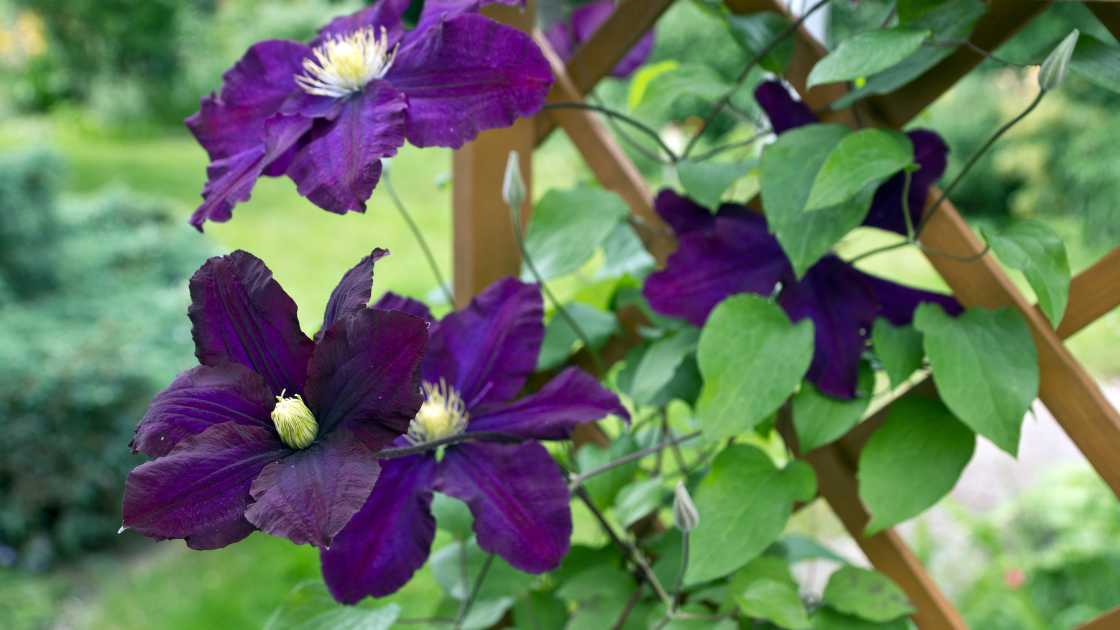Daffodils, those cheery heralds of spring, can bring a burst of color to any garden. However, when they invade your lawn, their exuberance might not be so welcome. Don’t worry; we’ve got you covered with effective methods to reclaim your pristine green space. In this article, we’ll walk you through the process of getting rid of daffodils in your lawn without compromising its health and beauty.
There are 7 Process of Getting Rid of Daffodils in Your Lawn
Understanding the Daffodil Dilemma
Before you embark on the mission to banish daffodils from your lawn, it’s essential to understand why they’re there in the first place. Daffodil bulbs often multiply and spread over time, thanks to their natural reproduction process. They might have been initially planted for aesthetic reasons, but their migration into your lawn is unintentional.
Early Spring Offensive: Manual Removal
As soon as the daffodils begin to fade after their colorful display, it’s time to take action. Gently grasp the daffodil foliage near the base and slowly pull it upwards. If the soil is moist, the bulbs should come out relatively easily. Be cautious not to damage the grass around the bulbs.
Precision Strikes: Targeted Digging
For more stubborn bulbs, especially those deeply rooted, consider using a small garden trowel to dig around the bulb. Carefully extract the bulb, taking care not to disturb the surrounding grass roots. This method is particularly effective if you want to preserve the lawn’s appearance.
The Power of Mulch
Mulching can serve as a preventative measure against daffodil re-infestation. Apply a layer of organic mulch, such as wood chips or shredded leaves, in the areas where the daffodils were removed. This will deter new bulbs from establishing themselves in the soil and enhance the overall health of your lawn.
Herbicides: A Last Resort
When all else fails, and you’re dealing with a persistent daffodil invasion, you might consider using a selective herbicide. Choose one labeled for broadleaf plants and follow the instructions meticulously. However, exercise caution, as herbicides can harm not only daffodils but also other desirable plants nearby.
Lawn Care Routine: Preventive Measures
Maintaining a healthy lawn is crucial to preventing daffodils from taking over. Regular mowing, proper watering, and adequate fertilization will encourage the growth of your grass while making it harder for daffodils to thrive. A well-tended lawn leaves little room for unwanted guests.
Consulting a Professional: Expert Advice
If the daffodil infestation is overwhelming or you’re unsure about the best course of action, consider seeking advice from a landscaping professional. They can assess the situation and provide tailored recommendations that align with your lawn’s specific needs.
FAQs
How do daffodils end up in my lawn, and why should I remove them?
Daffodils often find their way into lawns through natural processes like bulb propagation or unintentional spreading. They might have initially been planted for their aesthetic appeal but eventually migrate into the lawn area. While daffodils are beautiful, having them in your lawn can be problematic as they compete with grass for resources and can disrupt the uniform appearance of your lawn. Removing them ensures the health and aesthetics of your lawn are maintained.
What’s the most effective method for removing daffodils from my lawn?
The most effective method for removing daffodils involves a combination of manual removal and targeted digging. After the daffodils’ blossoms have faded, gently grasp the foliage near the base and pull them out. If the bulbs are deeply rooted or resistant to removal, use a small garden trowel to carefully dig around the bulb and extract it. It’s essential to avoid damaging the surrounding grass while doing this. After removal, consider applying a layer of mulch to deter new bulbs from taking root.
Can I use herbicides to get rid of daffodils in my lawn?
While herbicides can be used as a last resort, they should be approached with caution. Selective herbicides designed for broadleaf plants can be effective in eliminating daffodils. However, keep in mind that these herbicides can also harm other desirable plants nearby. If you opt for herbicide use, follow the manufacturer’s instructions carefully, and be mindful of the potential impact on your lawn’s overall ecosystem. It’s recommended to explore manual removal, targeted digging, and preventive lawn care methods before resorting to herbicides.
Conclusion
While daffodils are undoubtedly charming flowers, they might not be the best fit for your lawn’s landscape. By understanding their growth habits and employing a combination of manual removal, targeted digging, mulching, and preventive lawn care, you can successfully bid farewell to the daffodil invasion. Remember, a healthy and lush lawn is well worth the effort, and with determination, your lawn can once again become the vibrant and inviting space you desire.




